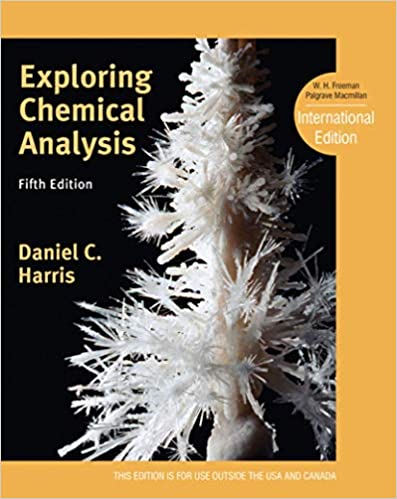Overview of EDTA based complexometric titration methods
EDTA titration can be used for direct determination of many metal cations. It reacts directly with Mg, Ca, Zn, Cd, Pb, Cu, Ni, Co, Fe, Bi, Th, Zr and others. With the help of back titration this list can be mad e much longer, as back titration can be used in the cases when the complex is created too slowly (as it happens in the case of Al and Cr), when it is not possible to choose good end point indicator, or when metal could precipitate at as hydroxide at pH required for a direct titration.
Using back titration it is also possible to determine some anions - for example SO42- can be determined by BaSO4 precipitation with the use of BaCl2 and titration of excess barium left in the solution.
Method is not selective - EDTA reacts with almost everything - but careful selection of solution pH allows in some cases to determine one metal in the presence of others. Cations with higher charges (like Bi3+, Fe3+) have much larger stability constants, so they can be titrated at low pH, in the presence of divalent cations (like Ca2+, Mg2+) which will not interfere in this conditions.
Finally, what makes EDTA a convenient reagent is fact, that it always reacts with metals on the 1:1 basis, making calculations easy.


